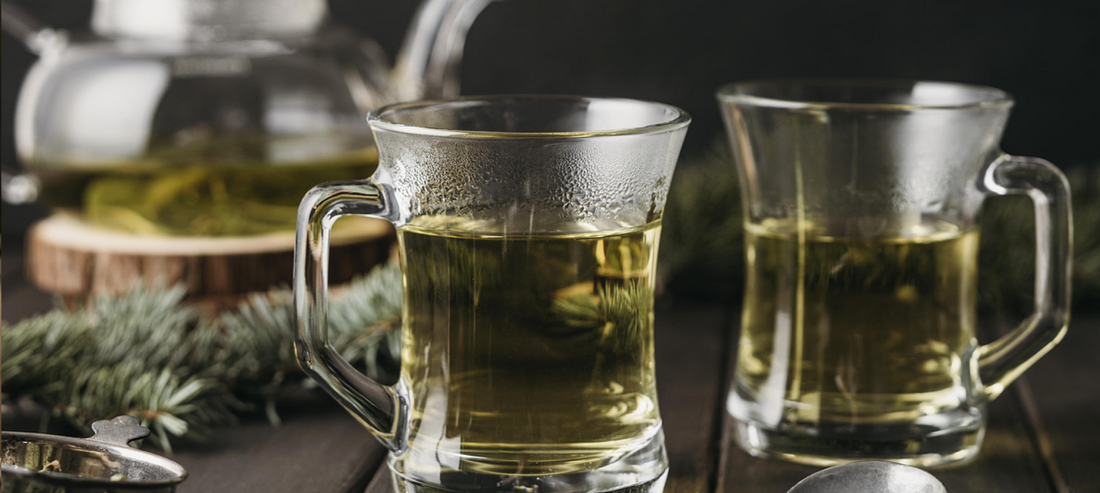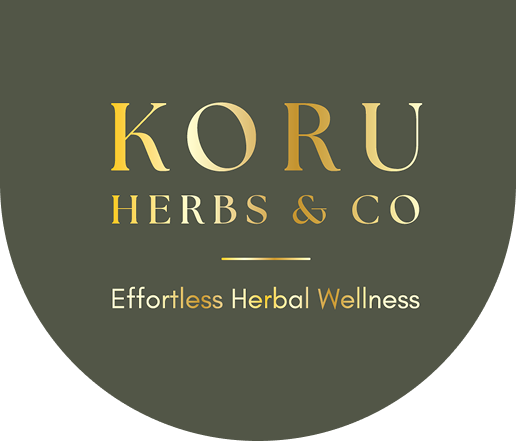
Healing Is a Sensory Experience: Why Taste, Smell & Texture Matter When Choosing Herbs
Healing doesn’t always begin with what we do.
Sometimes, it begins with what we notice.
The scent of rose softening your chest before you even take a sip.
A bitter note on the tongue nudging your digestion awake.
The quiet pause between steeping and sipping—when your body already starts to exhale.
These aren’t small things. They’re cues.
And in herbal medicine, they matter more than most people realize.
We’ve been taught to think of healing as something we chase. But the body doesn’t just respond to protocols and pills—it responds to sensation. It listens to texture, taste, temperature, scent. It interprets the world through the senses first.
That’s why the experience of drinking herbs—how they feel, how they taste, how they move through the body—isn’t just a nice bonus. It’s part of the medicine.
Why Taste Is More Than Flavor
In herbalism, taste is one of the oldest diagnostic tools. It tells you what a plant is doing, how it moves, and which systems it activates.
Bitters—like ginger or dandelion—stimulate bile and digestive fire.
Sweet roots—like licorice or marshmallow—calm the system and coat the tissues.
Sour herbs—like schisandra or hibiscus—support the liver, circulation, and mental clarity.
You don’t have to memorize these categories to benefit. You already know them intuitively. If you’ve ever craved something crisp and sour to cut through brain fog—or felt comforted by a warm, floral blend at the end of the day—you’ve felt herbal energetics in action.
Smell as Signal
Scent bypasses logic. It travels straight to the part of your brain that handles memory, emotion, and instinct.
This is why a single breath of lavender or lemon balm can shift your mood faster than a motivational quote ever could. It’s why our blends are crafted not just for function, but for aromatic impact.
When you open a jar of EMBER, for instance, it doesn’t wait to work. The scent itself is part of the experience—whether you steep it, sip it, or inhale its calm.
Scent becomes the first layer of support.
Before the tea touches your lips, your nervous system has already started to listen.
Texture Carries a Message
We rarely talk about texture in herbal wellness—but it matters. A smooth, well-balanced blend lands differently than something overly dry or sharp.
When a tea feels soft in the mouth, that’s often due to mucilaginous herbs like marshmallow root or mullein—plants that are used to soothe, coat, and comfort the body.
Texture tells your system:
This is safe. This is soft. You can stop bracing now.
At Koru, we design blends that don’t just work—but feel good moving through you. That’s part of the healing, too.
So What Does This Mean for You?
If you’ve been stuck in your head trying to “figure out” what your body needs—try listening in a different way.
Ask:
-
What smells make me feel more grounded?
-
Which blends do I crave when I’m tired, anxious, or overstimulated?
-
How do I feel after a floral, bitter, or sweet cup?
The answers don’t always come in data. They come through the senses.
And the more you tune in, the more clearly your body will speak.
Healing is a relationship—not just with the herbs, but with yourself.
Choosing blends based on how they taste, smell, and feel isn’t indulgent. It’s intelligent. It’s ancestral. It’s the kind of medicine that works from the inside and the edges.
At Koru, we don’t just formulate for results. We formulate for experience.
Because the path back to yourself should feel good along the way.
